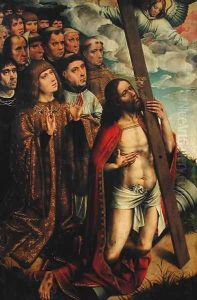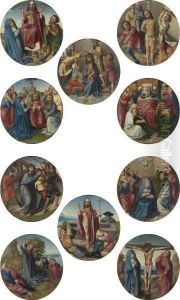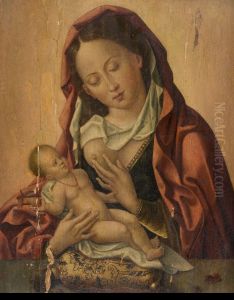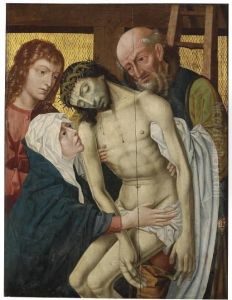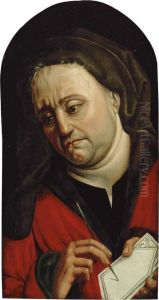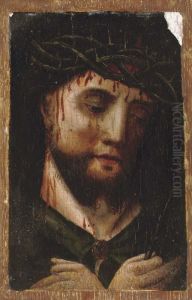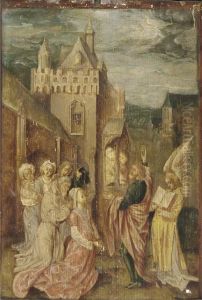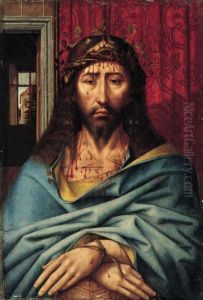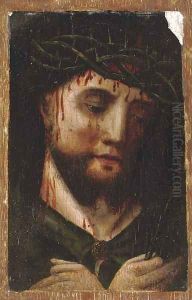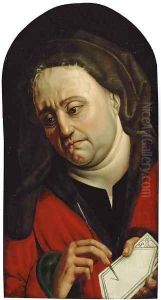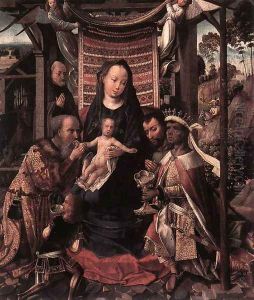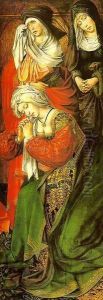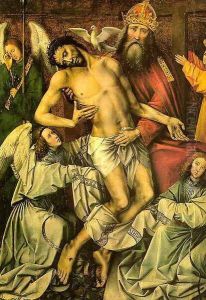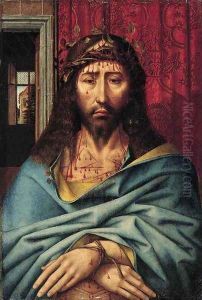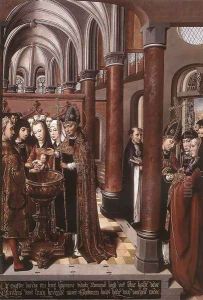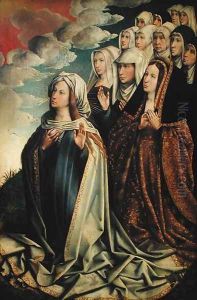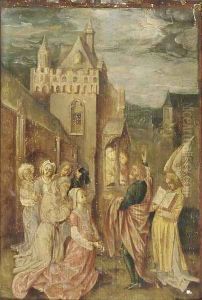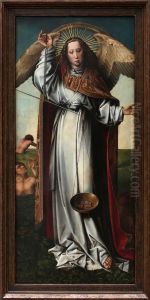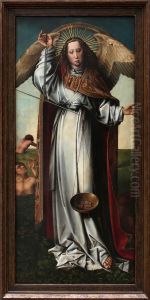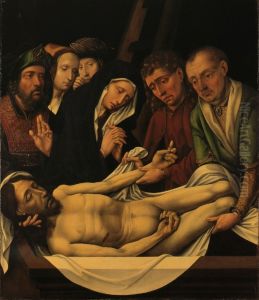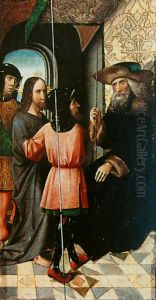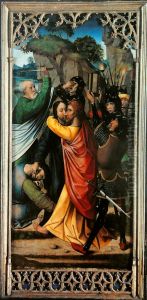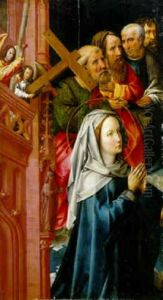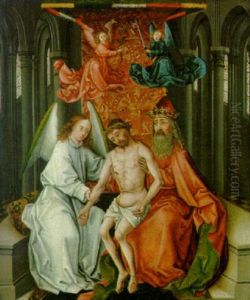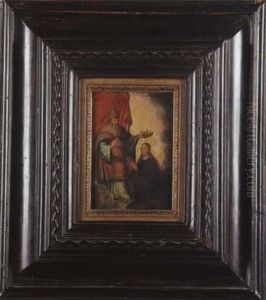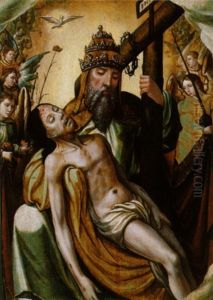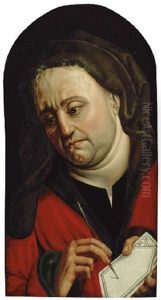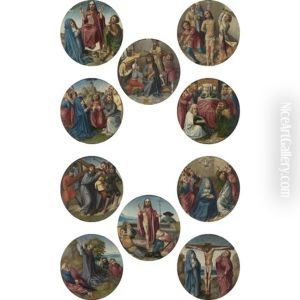Colijn de Coter Paintings
Colijn de Coter was a notable Early Netherlandish painter, primarily recognized for his significant contribution to the development of Flemish painting in the late 15th and early 16th centuries. Born in Brussels, which was then part of the Duchy of Brabant (nowadays Belgium), de Coter's exact birth date is not precisely known, but it is estimated to be between 1450 and 1455. His death is similarly uncertain, with estimates placing it between 1522 and 1532.
De Coter is particularly renowned for his religious paintings, which often featured vibrant colors, meticulous detail, and a keen interest in naturalistic depiction. His works are characterized by their sophisticated use of light and shadow, a technique that would influence many of his contemporaries and successors. De Coter's artistry was reflective of the transitional period between the Gothic and Renaissance styles, merging the rich iconography and spiritual depth of the former with the emerging emphasis on humanism and naturalism of the latter.
Though not much is known about his training, it is believed that de Coter was a pupil of Rogier van der Weyden, one of the most prominent Flemish painters of the time. This apprenticeship would have provided him with a solid foundation in the techniques and styles that dominated Brussels' art scene. De Coter's workshop became one of the most successful in Brussels, producing numerous altarpieces and religious panels for local churches and international patrons alike.
Among his notable works are the altarpiece for the Church of Saint Peter in Louvain and the 'Virgin and Child with Saints' panel, which showcase his skill in composition and his ability to imbue his figures with emotional depth and realism. Despite his success, few of his works have been definitively attributed to him, as his style was quite influential and widely imitated, leading to difficulties in distinguishing his hand from that of his followers.
De Coter also played a significant role in the training of future artists, with his workshop serving as a training ground for young painters. This mentorship helped perpetuate his stylistic tendencies and technical skills across generations, cementing his legacy in the annals of Flemish art. Today, Colijn de Coter is celebrated for his contributions to the Flemish Renaissance and his work continues to be studied for its artistic and historical significance.
